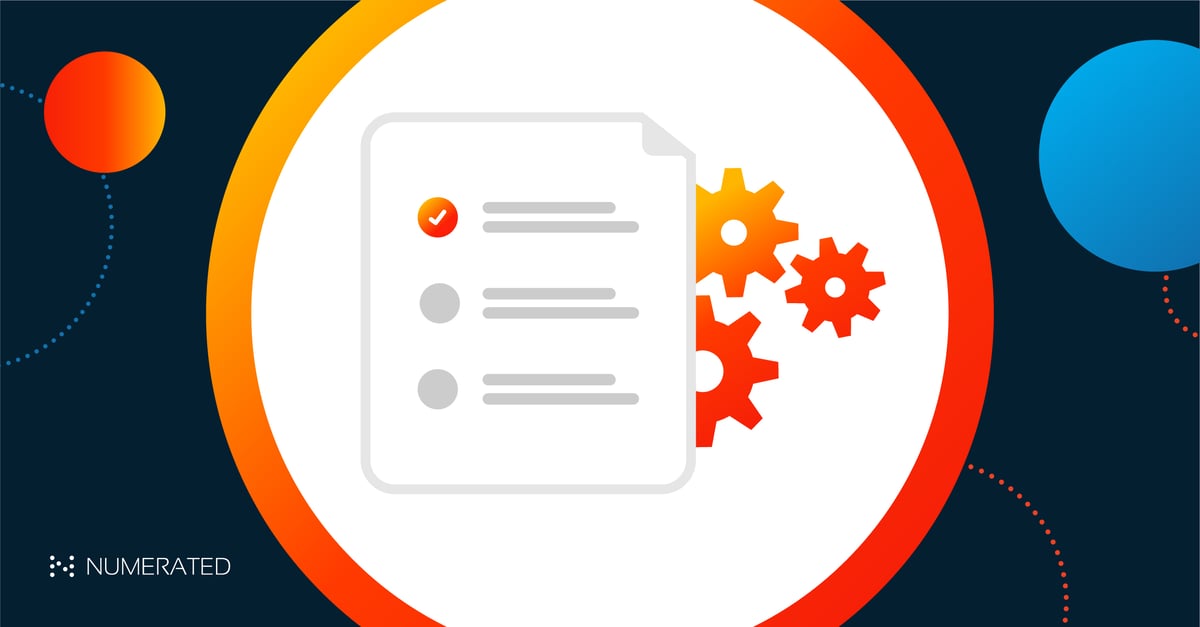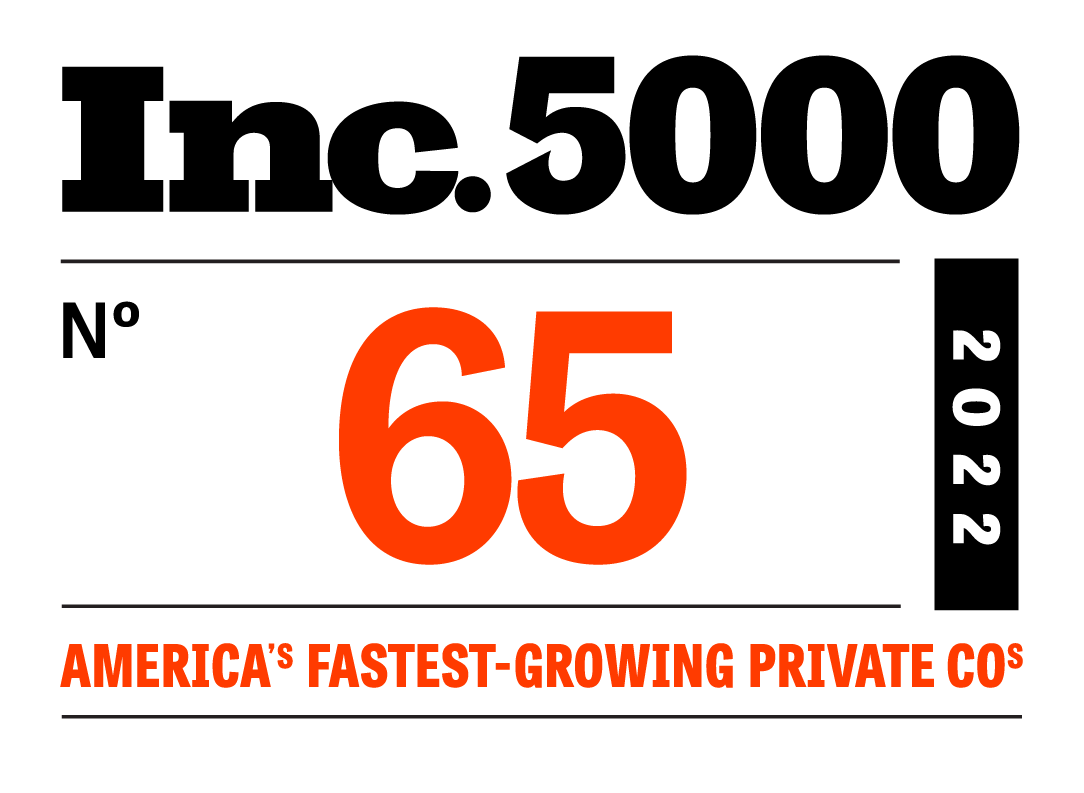
As lenders step into the new year, many are beginning new digital transformation journeys to further innovation in 2023. According to a recent Arizent survey of 257 bankers, the majority reported that they will be increasing their technology spend by at least 10 percent this year.
With innovation continuing to drive the future of SMB lending, community and regional institutions can’t afford to miss out on this opportunity to digitally transform their processes. Although many institutions have made significant advancements to their customer facing experiences, oftentimes their back office is still operating on legacy underwriting processes.
Underwriting small business loans by hand is time consuming, tedious, and complex for bank employees and can lead to both a poor customer experience and lowered employee satisfaction rates.
Challenges of Legacy Underwriting Process for Small Business Loans
Challenge: Underwriters are spending the same amount of time on a $150K loan as a $1M loan
One of the biggest limiting factors FIs face is the amount of time it takes to manually underwrite a business loan. For lenders operating on legacy processes, it can take the same amount of time to underwrite a $150K loan that it does to underwrite a $1M loan. The lack of profitability and high opportunity cost, makes it difficult for lenders to justify low-dollar business loans.
Challenge: Reviewing more opportunities requires scaling your team
Additionally, legacy processes hinder the rate that an institution can grow. Due to the complexity and time consuming nature of manual underwriting, lenders are required to spend hours, or even days, underwriting complex small business loans. With the amount of time it takes to underwrite just one loan, it can be challenging to scale the small business segment. Typically, growth requires significant investment in human capital, which will not be a sustainable solution in the long term.
Challenge: Rigid underwriting software dictates your workflow instead of accelerating your process
Most underwriting software that exists today wasn’t built to meet the complex needs of small business lending. For underwriters, this means they end up having to pull data into excel to do their analyses, rather than keeping everything in one place. This involves building formulas, layering on debt, and building analysis tables by hand. Completing this work in excel not only increases the amount of time it takes to underwrite, but it also heightens the risk for errors and eliminates the ability to track, annotate and collaborate on work. This creates an even larger problem when a credit committee or auditors need to be able to trace where the data originated from.
Drive Efficiency with an Underwriting Solution Built for Business
Financial institutions that want to remain successful in 2023 cannot wait to innovate their processes. With underwriting accounting for the majority of the time spent in loan origination, it will be more important than ever that FIs can find ways to drive innovation in this area to ensure they can attract new talent, and maximize the efficiency of their existing teams.
Numerated’s Digital Underwriting solution empowers lenders to do more with less resources. The platform reduces the time it takes to underwrite small business loans by up to 90 percent through the combination of artificial intelligence and a sleek user interface.
Learn more about how you can attract and retain new talent with technology that empowers growth, drives innovation, and provides the support that your employees need to be successful by contacting us today.







